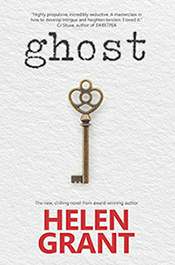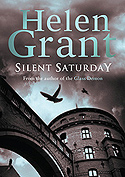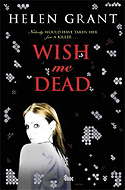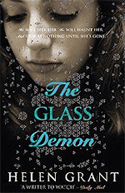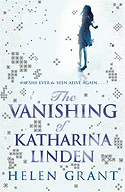Anyway, on Thursday the fateful moment finally arrived when I was able to type THE END on the current draft. I always "sleep on" manuscripts before sending them off to the agent who represents me, just in case I have a blinding midnight revelation that the plot should have worked out differently or something. But yesterday morning, Friday, I finally sent the book off for perusal. Then came the question: what to do with the rest of the day?
I suppose I probably should have cracked my knuckles, made another cup of tea and started on the next book. Or done all those jobs that have been neglected over recent months, such as clearing out the things growing in the back of the fridge, or taking all the glass to the recycling banks. However, when you've been working on one project for quite this long, it's hard to disengage from it and go straight on to something else. In short, I had the heebie jeebies and couldn't bear to stay indoors a minute longer. I've spent far too much time recently sitting in front of a computer screen, so I thought I'd have an old-fashioned day and stay offline altogether for a bit.
Out came the trusty bicycle, and I cycled over to the Library of Innerpeffray, a distance of about four and a half miles via country lanes. It was a gorgeous sunny morning and the verges at the side of the road were overgrown with buttercups, clouds of cow parsley and yellow gorse. When I got to the Library, I briefly stuck my nose into the beautiful new downstairs room, and then I went upstairs to the older reading rooms. In the smaller one, I found an interesting book called TYPES OF ANIMAL LIFE by St. George Mivart, F.R.S., published in 1894. It included a rather charming collection of illustrations of unusual creatures (well, unusual to St. George Mivart, anyway) such as ring tailed lemurs and manatees. I had a look at that for a while, and admired the view of the river from the reading room window.
Later that day when the rest of the family got home, we drove over to Kenmore and swam in Loch Tay, which is very briskly fresh (ok: freezing cold) at this time of year (you can still see small patches of snow on the hills and I suspect meltwater is coming down into the loch). We shared our picnic with the rapacious ducks. Altogether, it was a very old-fashioned day - a bit like stepping back into 1930 or something. It took my mind off work very nicely. In fact, I'm rather sorry to be back in 2016...










